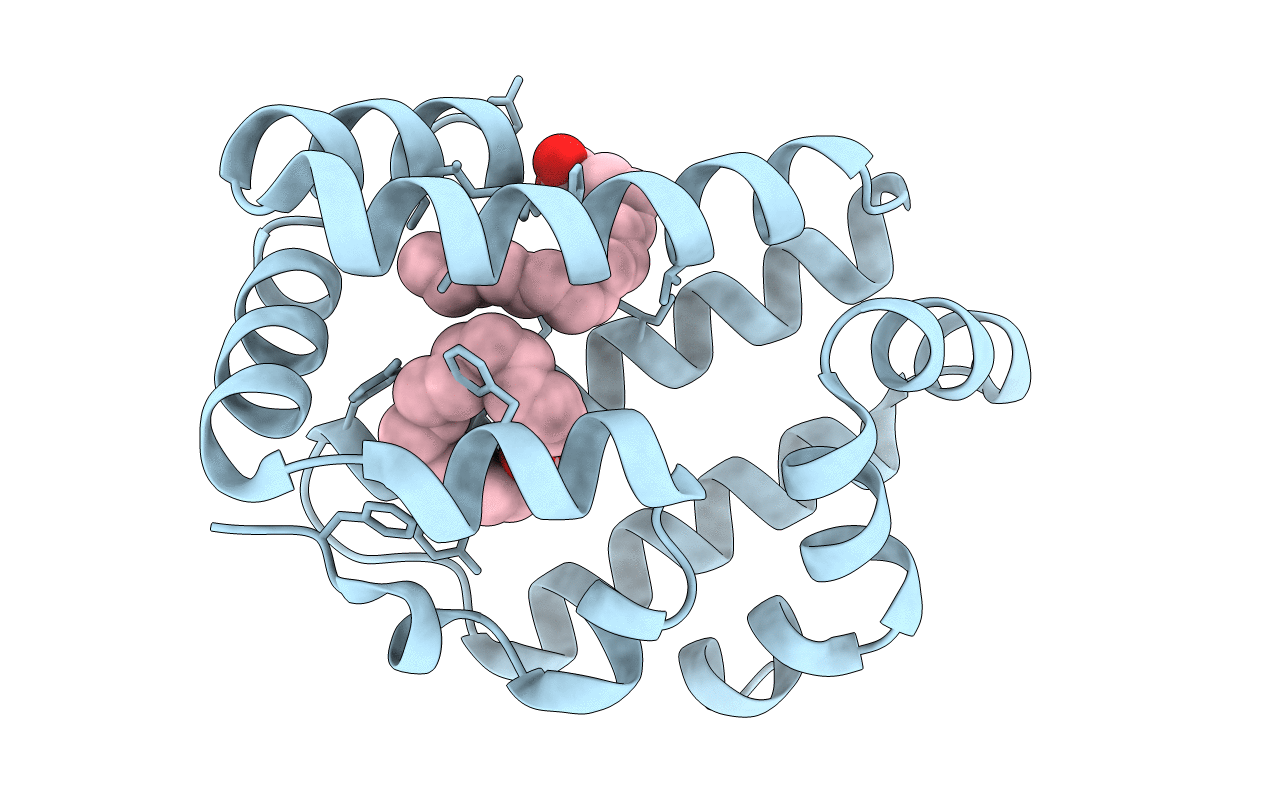
Deposition Date
2014-12-18
Release Date
2015-09-16
Last Version Date
2024-10-23
Entry Detail
PDB ID:
4XCP
Keywords:
Title:
Fatty Acid and Retinol binding protein Na-FAR-1 from Necator americanus
Biological Source:
Source Organism:
Necator americanus (Taxon ID: 51031)
Host Organism:
Method Details:
Experimental Method:
Resolution:
2.14 Å
R-Value Free:
0.22
R-Value Work:
0.20
R-Value Observed:
0.20
Space Group:
P 4 3 2


